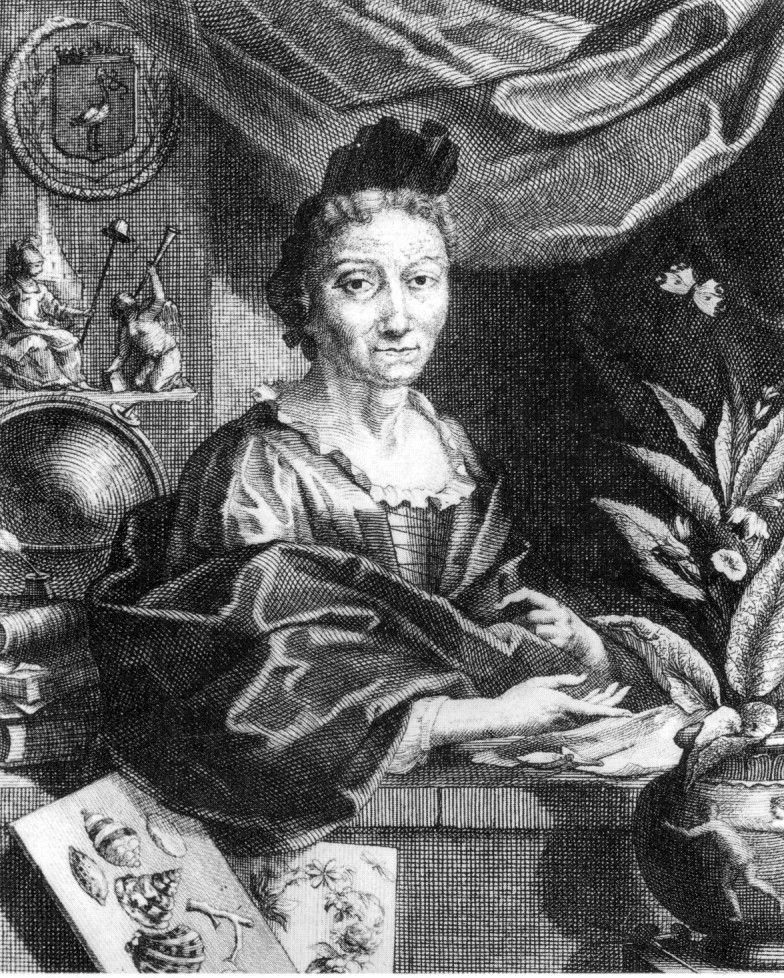The Queen’s Gallery at Buckingham Palace recently opened their latest exhibition, Maria Merian’s Butterflies on the 15th of April, 2016. According to the Press Office: “The exhibition will tell the extraordinary story of 17th-and-18th-century artist and explorer Maria Sibylla Merian through the superb collection of her work in the Royal Collection. In 1699, at the age of 52, Merian decided to undertake the unusual and dangerous journey to Suriname, to study insects in the wild. Her two-year long expedition resulted in the publication of Metamorphosis Insectorum Surinamensium (The Metamorphosis of the Insects of Suriname), which brought the wonders of Suriname to Europe at the beginning of the 18th century.”
Maria Merian’s Butterflies is shown at The Queen’s Gallery, Buckingham Palace with Scottish Artists 1750 – 1900: From Caledonia to the Continent. Maria Merian’s Butterflies exhibition ends 9 October 2016, so this exhibition is perfect for those travelling to London over the summer.

Branch of West Indian Cherry with Achilles Morpho Butterfly, 1701-3. © Royal Collection

Maria Sibylla Merian c. 1700, Copperplate by Jacobus Houbraken from a portrait by Georg Gsell
Maria Sybilla Merian was a German woman born in April 1647 whose drawings of highly-detailed insects proved important in the field of etymology. Merian probably owed her talents to her father, Matthäus Merian, who was himself an illustrator, and then (after Matthaus’s death) her step-father, artist Jacob Marrel. She was, according to The Atlantic, “The Woman who made Science Beautiful“.
In the 1660s, Merian began drawing and painting insects and plants. In 1665, she married Johann Andreas Graff, and the couple had several children. [1] Merian and her family travelled across the Atlantic to the South American continent, where she studied and drew the insects in Suriname. She contracted malaria during her time there and had to return to Europe, where she died in Amsterdam in 1717.
If you won’t be able to go to this exhibition at The Queen’s Gallery, you can still learn more about Merian and see her work online, including through the J. Paul Getty Museum.

Branch of West Indian Cherry with Achilles Morpho Butterfly, 1701-3. © Royal Collection
For those who are interested in Maria Merian’s work and will be in the central London area on 5 October 2016, may wish to attend the free lecture give by exhibition curator Kate Heard. Many thanks to the Royal Collection Press Office for allowing me to share the above images and information here on The Seventeenth Century Lady.
[1] “About Maria Sibylla Merian’s Work” via Botanical Arts and Artists.

